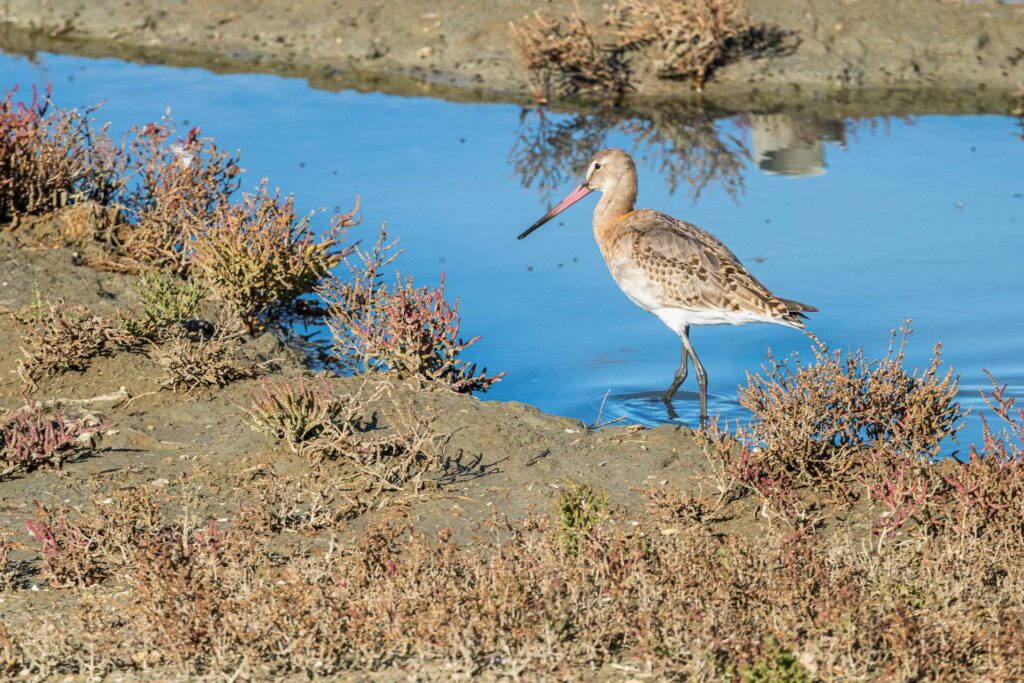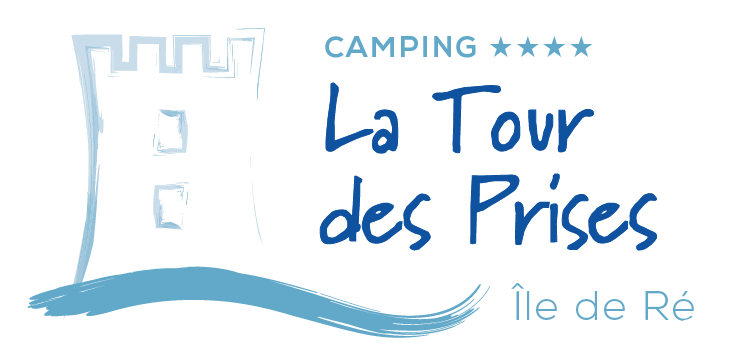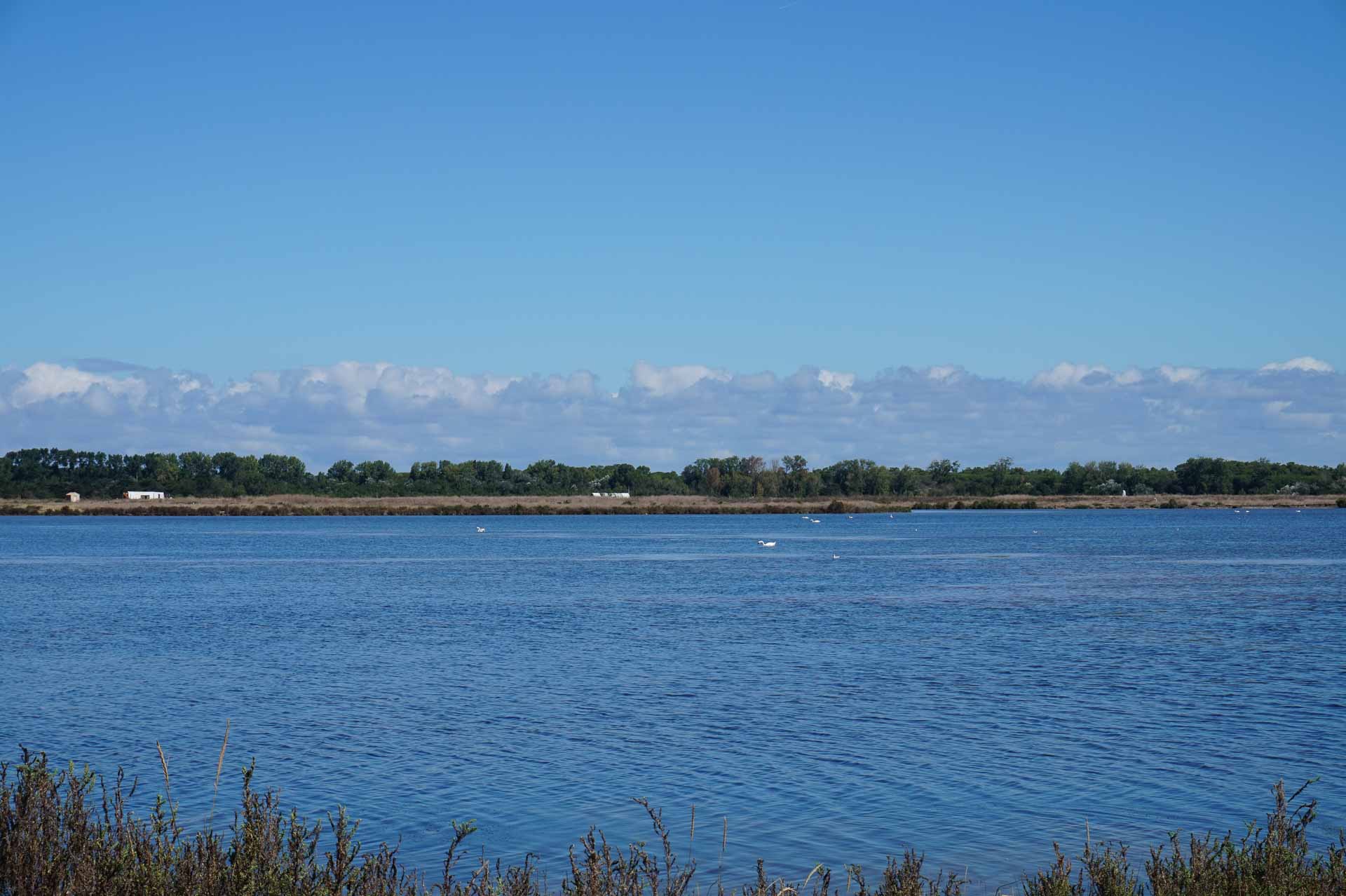A veritable natural paradise, the Ile de Ré is a French birding destination par excellence, welcoming over 300 species of birds of all kinds every year. They are looking for an impressive natural space to find food and shelter. Just a few km from the Tour des Prises Ile de Ré campsite, in the Fier d’Ars, in an 800-hectare bay, the Lilleau des Niges nature reserve is a haven for birds. It extends over more than 220 hectares of former salt marshes, providing a preserved environment for local flora and fauna.
The Lilleau des Niges nature reserve is the perfect place to observe birds in their natural environment, depending on the season. Egrets, garzettes, Belon shelducks, white stilts and terns nest in the marshes in spring and summer. In autumn and winter, the nature reserve is home to curlews, black-tailed godwits and brant on the mudflats.
At the heart of the reserve is the Maison du Fier, a museum dedicated to the natural heritage of the Ile de Ré, with exhibitions on the island’s fauna, flora and landscapes. There’s also a fun and educational area where you can learn more about the unique and rich biodiversity of the Rhaetan region.

Birds in the nature reserve
- Little egret: This small white heron is most concentrated in the Retais marshes and has two long feathers, long black legs and a dark, dagger-like beak. This enables the little egret to catch small fish.
- Tadorne de belon: With its large duck-like appearance and 1.20 m width, the Tadorne de belon likes to linger in the Rennes salt marshes, especially in spring. It can be recognized by its coat of contrasting shades of white, orange-brown and dark green, and by its large red beak.
- White stilt: The white stilt can be recognized by its lean, white appearance. It’s also a regular visitor to the marshes in spring to find aquatic insects and crustaceans. It has a black head, a white body and long red legs.
Plants to discover in the Lilleau des Niges Nature Reserve
- Black mustard: In spring, the salt marshes are covered with the small yellow flowers of this plant. Black mustard belongs to the same family as rapeseed and produces small pods during this period. These contain tiny brown seeds. They are used as a condiment when crushed and combined with vinegar.
- Statice : Commonly known as sea lavender. It is a perennial plant, 30 to 60 m high, with purplish flowers. It used to thrive in marshes because of its flowers which, once the plant has dried, still retain their brilliance. Thus, heavily exploited, it becomes a protected species on the Ile de Ré.
Opening hours :
- Daily from 10 am to 12:30 pm and from 2:30 pm to 6 pm (April 5 to June 30 except Saturday mornings)
- 10 a.m. to 12:30 p.m. and 2:30 p.m. to 7 p.m. (July 1 to August 31 except Saturday mornings)
- 10 a.m. to 12:30 p.m. and 2:30 p.m. to 6 p.m. (September 1 to September 28 except Saturday mornings)

